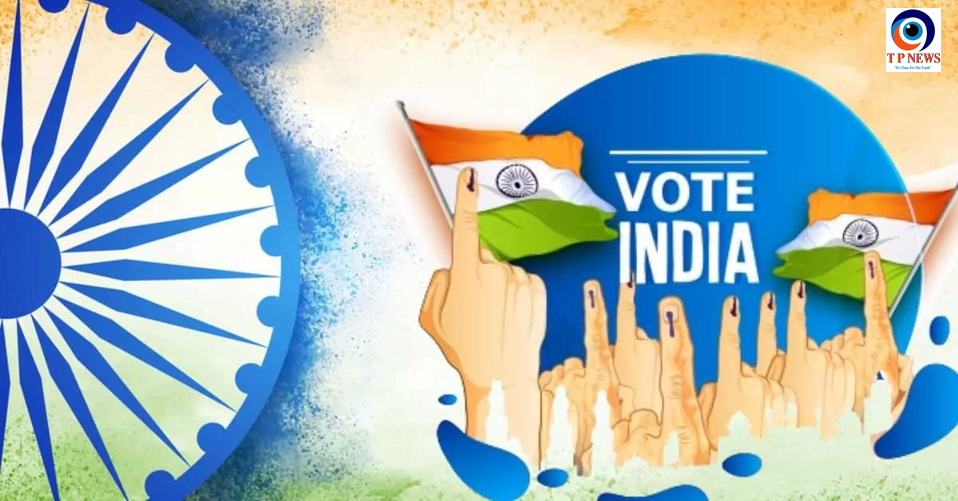The political landscape of Delhi has witnessed a seismic shift as the Bharatiya Janata Party (BJP) storms back to power after 28 years, with Parvesh Verma delivering a stunning defeat to Arvind Kejriwal in a landmark contest. The results mark the culmination of a fiercely contested election, where the Aam Aadmi Party (AAP), battling multiple legal troubles, found itself unable to withstand the BJP’s growing momentum.
The End of an Era? AAP Faces a Major Setback
For the first time in over a decade, the AAP’s dominance over Delhi has been severely challenged. Despite its past electoral successes, a series of corruption allegations and legal battles dented the party’s standing among voters. Manish Sisodia, a key figure in the party, also suffered a crushing defeat in Jangpura, further signaling a decline in AAP’s hold over the capital.
Exit polls had predicted BJP’s return, and the final results confirmed the trend. While the Congress remained largely irrelevant, failing to make any significant gains, the BJP capitalized on its recent Lok Sabha election triumph, successfully riding the wave of national support.
Key Victories and Defeats: The Changing Political Map of Delhi
 BJP’s Notable Wins:
BJP’s Notable Wins:






 AAP’s Losses:
AAP’s Losses:


 Leads & Close Contests:
Leads & Close Contests:



Election Turnout and Controversies
Delhi recorded a 60.54% voter turnout in the single-phase polling held on February 5. However, the election wasn’t without its share of drama. On the eve of vote counting, the AAP accused the Election Commission of withholding booth-wise data, raising tensions and speculations over transparency in the process.
Despite these allegations, the final numbers cement BJP’s dominance, bringing the party back into power in the National Capital.
What Lies Ahead for Delhi?
With the BJP now poised to form the government, the political dynamics of Delhi are set for a major transformation. The focus will now shift to governance, policy implementation, and how the new leadership will address key issues like infrastructure, public services, and economic growth.
For the AAP, this loss serves as a critical moment of introspection, as the party struggles to regain voter confidence amid legal battles and leadership setbacks.
As Delhi enters a new political chapter, one thing is certain—the era of absolute dominance is over, and the battle for Delhi’s future has only just begun.













